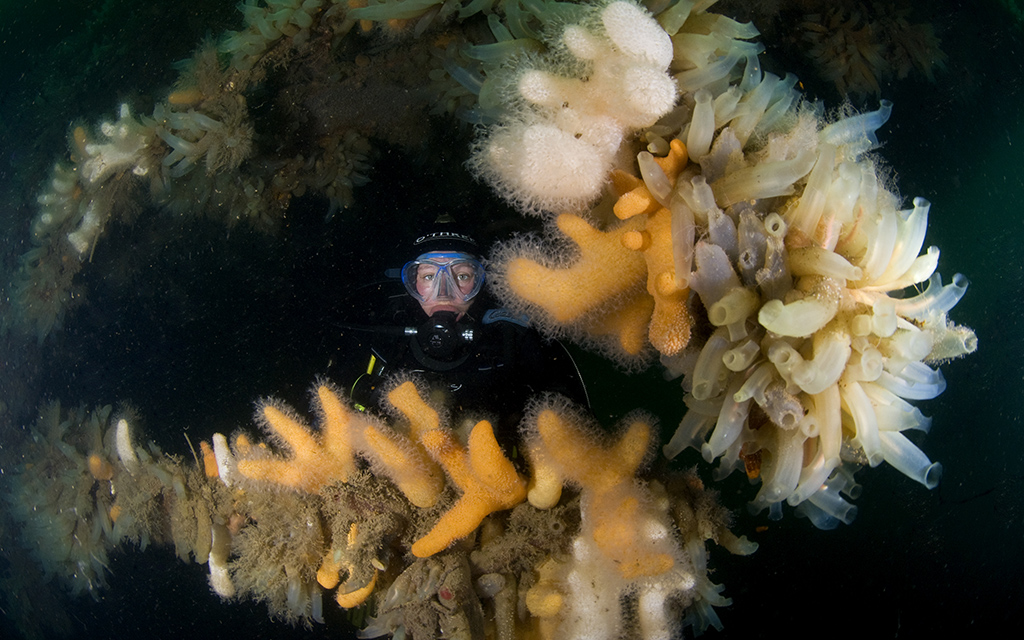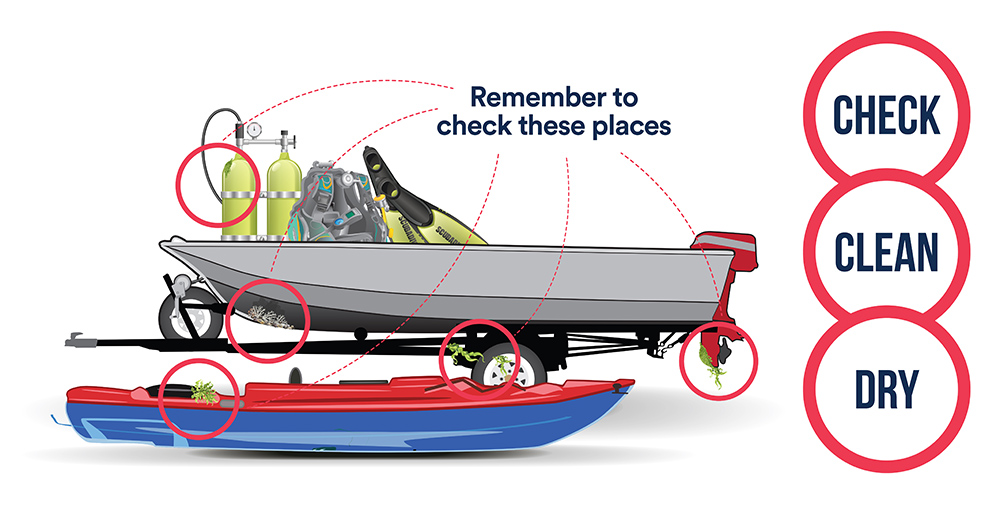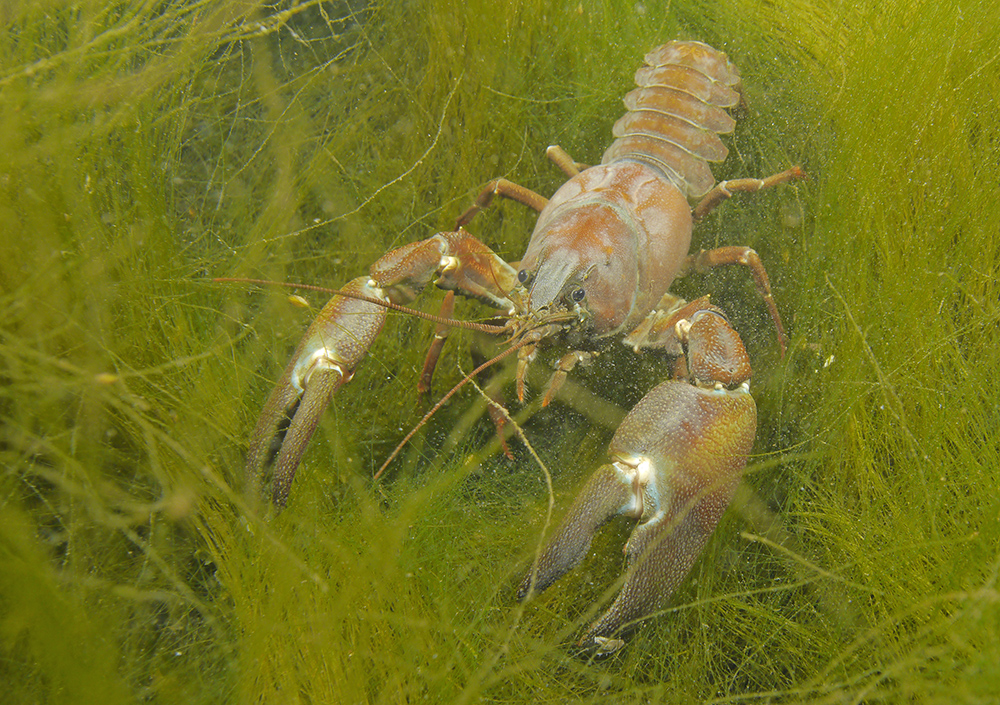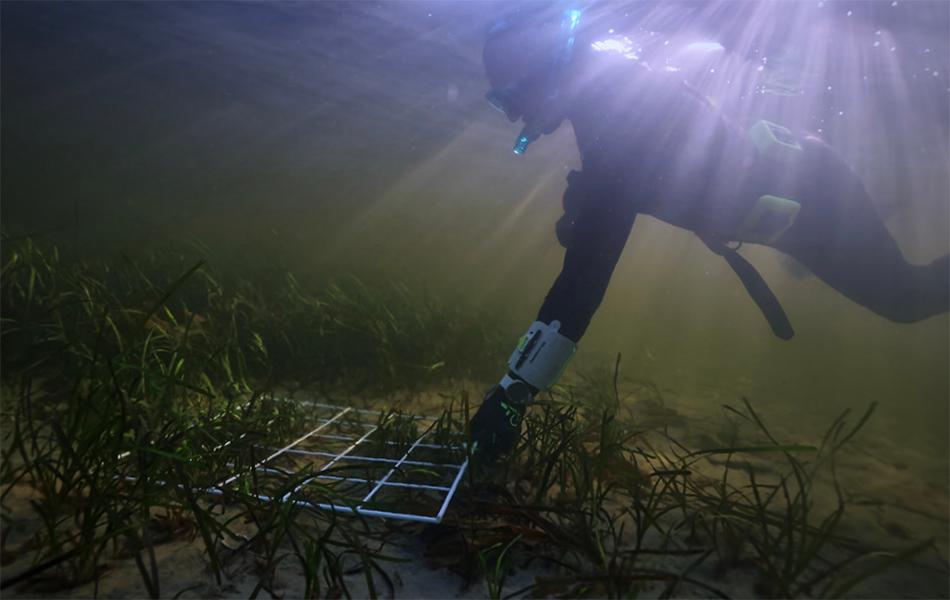
BSAC has published the latest member guidance containing best practice for preventing pollution, the spread of non-native species, responsible wildlife interactions and more.
As divers and snorkellers, we are the people who see what is happening underwater, and we have contributed our knowledge to the understanding of this underwater world in so many ways over the decades. With the threat of climate change, our contribution is more important than ever.
The BSAC diver and snorkeller guidelines to protect our seas features a wide range of ideas which can be incorporated into diving and snorkelling practices to help protect and preserve our diverse marine environment.
New advice on invasive species
We've recently added the latest advice on preventing the spread of invasive non-native species (INNS), which can have devastating environmental impacts, spread disease, restrict navigation, block waterways, clog up propellers and cost billions to manage.
Using the mnemonic CHECK, CLEAN, DRY there are simple steps your club members should remember to take after using equipment in the sea:

Check
Inspect your equipment, boat and trailer for any bits that may be clinging on. Remove anything you find and bin it. Don’t throw it back in the water or leave it on land thinking it’ll die. Many can grow back from just a tiny fragment.
Clean
Remember that some invasive species can be/have microscopic life stages and are invisible to the naked eye. Give everything a good rinse with fresh water, as you should anyway. Don’t forget to flush out the engine, rinse ropes, and anchor chains, and get those hard-to-reach places on your trailer.
Dry
Ensuring surfaces have time to dry out properly is a vital part of the process. Often it is the drying that does the killing. There may still be microscopic bits in places that you’ve not quite managed to flush or scrub, but drying them to a crisp will finish the job.

Dry your kit between freshwater sites
When travelling from one inland site to another, it is really important that you dry your gear thoroughly between sites.
Our only native freshwater crustacean, the White Clawed Crayfish, is under threat from the more aggressive and invasive American Signal Crayfish (shown above). It is vital that kit is washed and dried before you go on to a different freshwater site. If we bring American Signal Crayfish larvae into the remaining freshwater sites of White Clawed Crayfish we could unwittingly facilitate the total destruction of the species in the UK.
Report sightings
If you spot an invasive species or something you don't recognise, you may wish to report it. To do this, ideally, take a photo of it in situ. You will also need to record, the date, what species you think it is, and the location. The easiest way to submit your record is through the iRecord app or website. If you’re not confident about species ID, speak to your local Seasearch group.
The GB Non-Native Species Secretariat Information Portal has lots of useful information including species ID sheets. It is also worth checking out The Green Blue who offer free resources including a 'Coastal Biosecurity Signage Kit' that you can display in your club to encourage everyone to do their part to stop the spread.
Diver and snorkeller guidelines to protect our seas
Take a look at BSAC's best practice ideas you can incorporate into diving and snorkelling to help protect and preserve our diverse marine environment.




